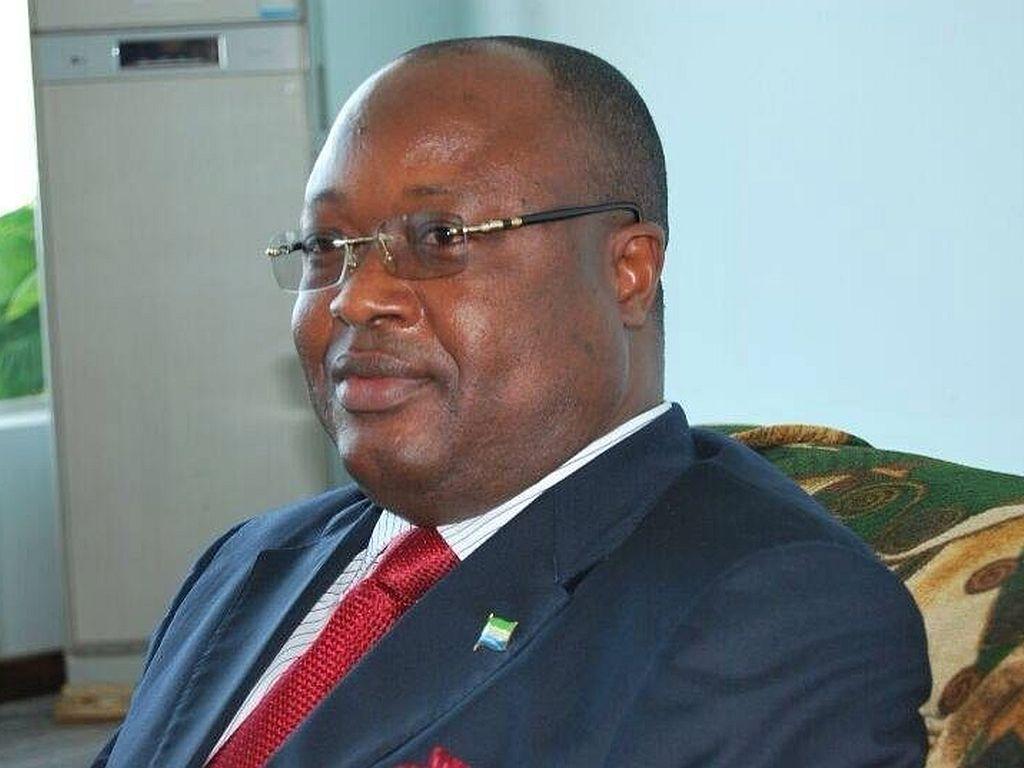By Tanu Jalloh
You might want to know that by their own admission the government faced several policy challenges coming into 2011, according to a Memorandum of Economic and Financial Policies they submitted to the International Monetary Fund, IMF later that year.
It sure had some implications on budget management in terms of the initial financial planning. The budget of a government is a summary or plan of the intended revenues and expenditures of that government. It basically means putting together a list of needs, if you like, and identifying ways to raise money to meet those needs within a given period.
But the folly came either when those resources were not properly coordinated or were genuinely overtaken by some unforeseen external blips. It could become an every year problem for Sierra Leone if either of the above trends persists. First, in 2011, interest cost exceeded budget allocations. Second, other unbudgeted expenditure demands emerged, including from an increase in fuel subsidies but also to cushion the impact of rising international oil prices, higher cost to complete the Bumbuna power station, plus additional compensation to teachers.
Third, the monetary expansion in late 2010, combined with increasing food and fuel prices, made it increasingly difficult to bring inflation down to single digits in 2011, as envisaged under the extended credit facility, ECF program.
Even by official figures, annual inflation was 15.7 percent in September 2011 but it deteriorated by November. For that year inflation reached 18.4 percent compared to 16 percent envisaged under the ECF program, which was partially driven by expansionary monetary policy in the second half of the year.
When in November 2011 the then minister of finance Dr Samura Kamara delivered to parliament the Government Budget and Statement of Economic and Financial Policies for the financial year 2012, he said the “country’s stock of external debt stood at US$848.7 million as at end June 2011, indicating an increase of US$67million (8.6 percent) on the end-December 2010 position. Of the total external debt, long term debt constituted 75.3 percent; of which multilateral debt was 62.6 percent; official bilateral debt - 10.3 percent; commercial obligations and short term debt - 24.7 percent.” That was just to give you an idea of accumulation.
At the back of that were such developments that were often used to explain growth for all to feel and see. Thus, domestically financed capital expenditures exceeded the budget by 1.7 percent of GDP due to the acceleration of infrastructure as evident in the single largest road project around the country. Such, as I said, could either attract supplementary budget or leave the system with no option but to divert funds to meet other “pressing and urgent” demands.
Therefore, as you would expect, the wage bill, in 2011, increased by 0.3 percent of GDP due to additional hiring in the health sector as in the free health care for lactating mothers, children under the age of five and pregnant women. In addition, there was supplementary compensation for teachers, in time, to mitigate a situation that was already turning into a frost on the perceived social service delivery feat of a government that faced a re-election quandary.
That was probably the climax of several other activities and a corollary to government’s economic and fiscal policy measures between 2009 and 2011. That was 2011. And this is 2013. Parliament has just unanimously agreed to a Le200 billion supplementary budget proposed by the ministry of finance. As a matter of fact budget supplements are normal with governments. But where the reason could not be adequately convincingly stated for the public to understand, then there is a problem.
The minister of finance and economic development, Dr. Kaifala Marah, is on record to have said that just two months into the implementation of the 2013 budget, some unforeseen expenditure requirements emerged and that the assumptions on which the domestic revenue projections were based no longer exist.
While the country tries to emerge from a low to a middle income level country in the West African sub region, Sierra Leone’s economic freedom score was 49.1 in 2012, according to the heritage.org. Ghana with 60.7 and Burkina Faso with 60.6 were the last two in the first top ten of the continent’s freest economies.
The fact that Sierra Leone could even be rated meant there it had prospects to surmount the challenges. But a score of 0.5 point, which was far lower than the previous year, indicated some serious decline in scores largely due to the lack of control in government spending, which was at record high 84.3, according to Economy Watch.
And then came an official explanation for spending beyond budgets and running into deficits. In a letter of intent dated November 18, 2011 and addressed to the IMF in Washington DC, USA, Sierra Leone’s Bank Governor, Sheku Sambadeen Sesay and former finance minister, Dr. Samura Kamara, admitted that generally “program implementation was uneven in the second half of 2010. While domestic revenue overshot projections by 0.3 percent of GDP, spending on infrastructure projects, fuel subsidies, wages, and goods and services led to higher–than-envisaged domestic financing. As a result, the ceiling for net domestic bank credit to government was exceeded…”
Now you would realise that where a proposition for supplementary budget was not possible or its prudence deemed untenable, the government resorted to domestic bank credit. No effort at matching assured revenue with insured spending. In other words living within one’s means and reach.
I had suggested in one of my articles last year that a possible way out of this could include, but not limited to, a legal requirement that would limit central bank’s credit to governments.
When the Public Financial Management Oversight Committee approved the Public Financial Management Reform Strategy 2014- 2017 in June this year, the thrust was to ensure budget credibility, fiscal discipline and proper management including understanding those issues of force majeure. The committee confessed there would be new challenges, particularly resource assets.
“The ultimate goal is to target improvements in the quality of public financial management which will have a positive impact on aggregate fiscal discipline, the strategic allocation of resources and the efficiency of public service delivery.”
In spite of any progress being achieved in all of the above areas, the said, the focus first should be on establishing budget credibility, comprehensive coverage, and fiscal reporting based on recognized international standards.
In essence, establishing basic control is essential as a basis for medium–term planning, sectoral planning and resource allocation, and improving service delivery.
(C) Politico 16/07/13








